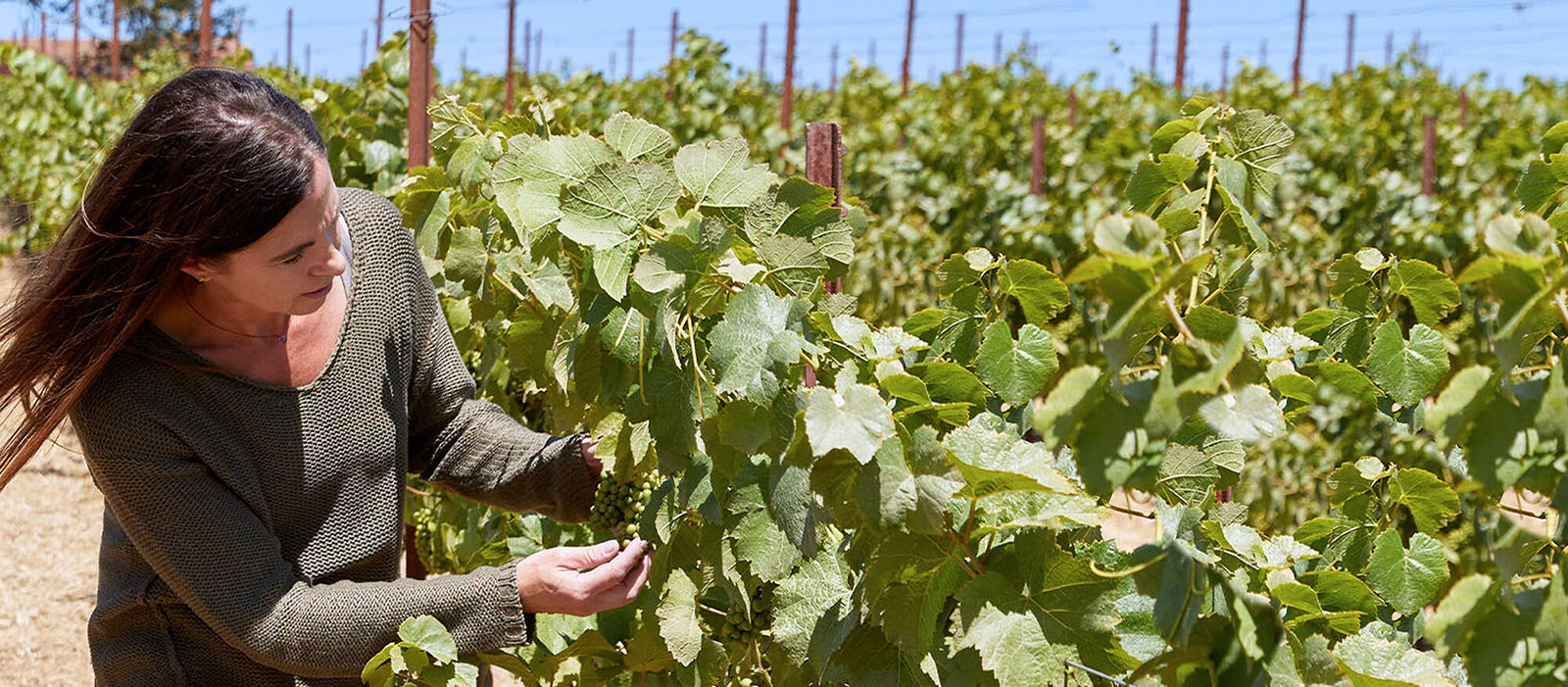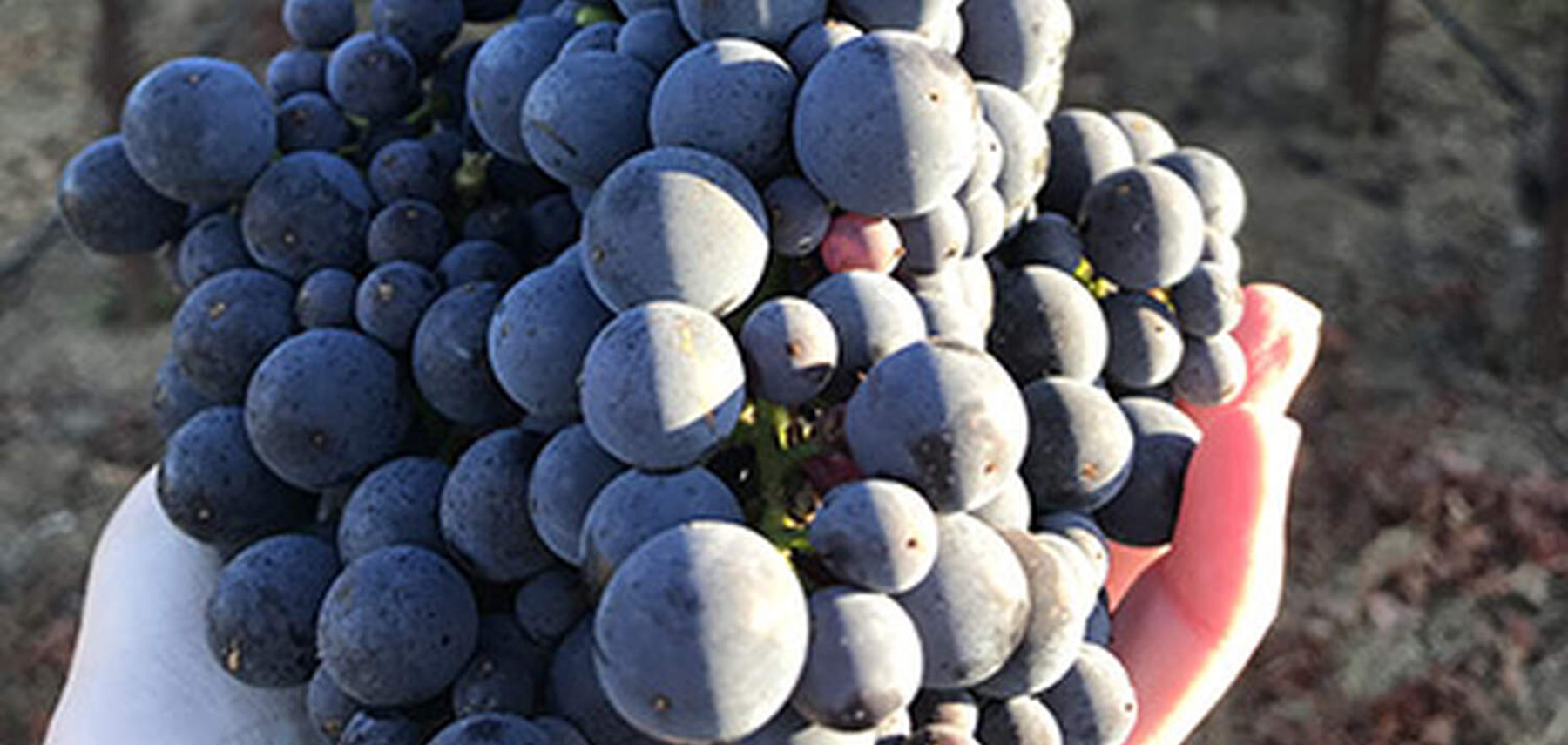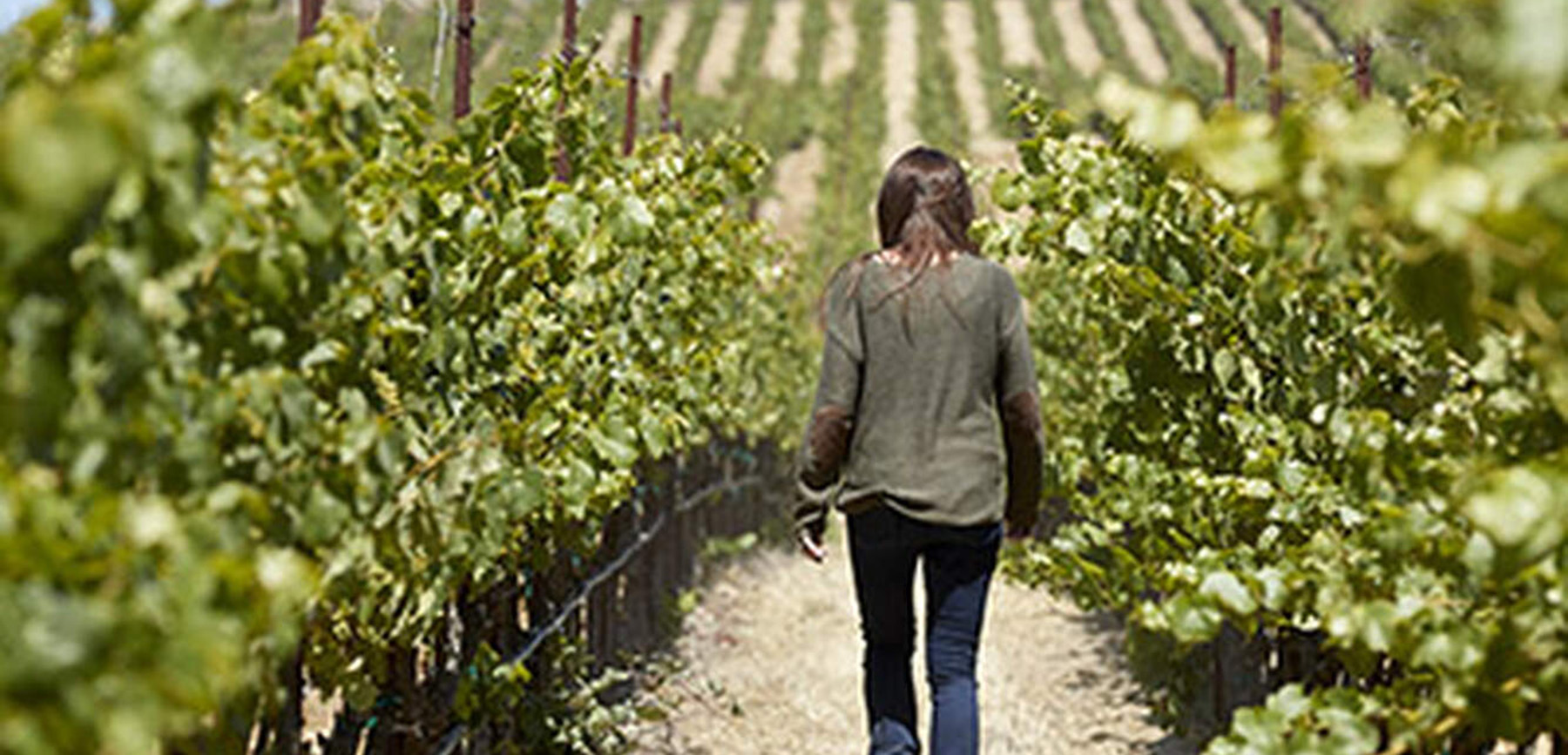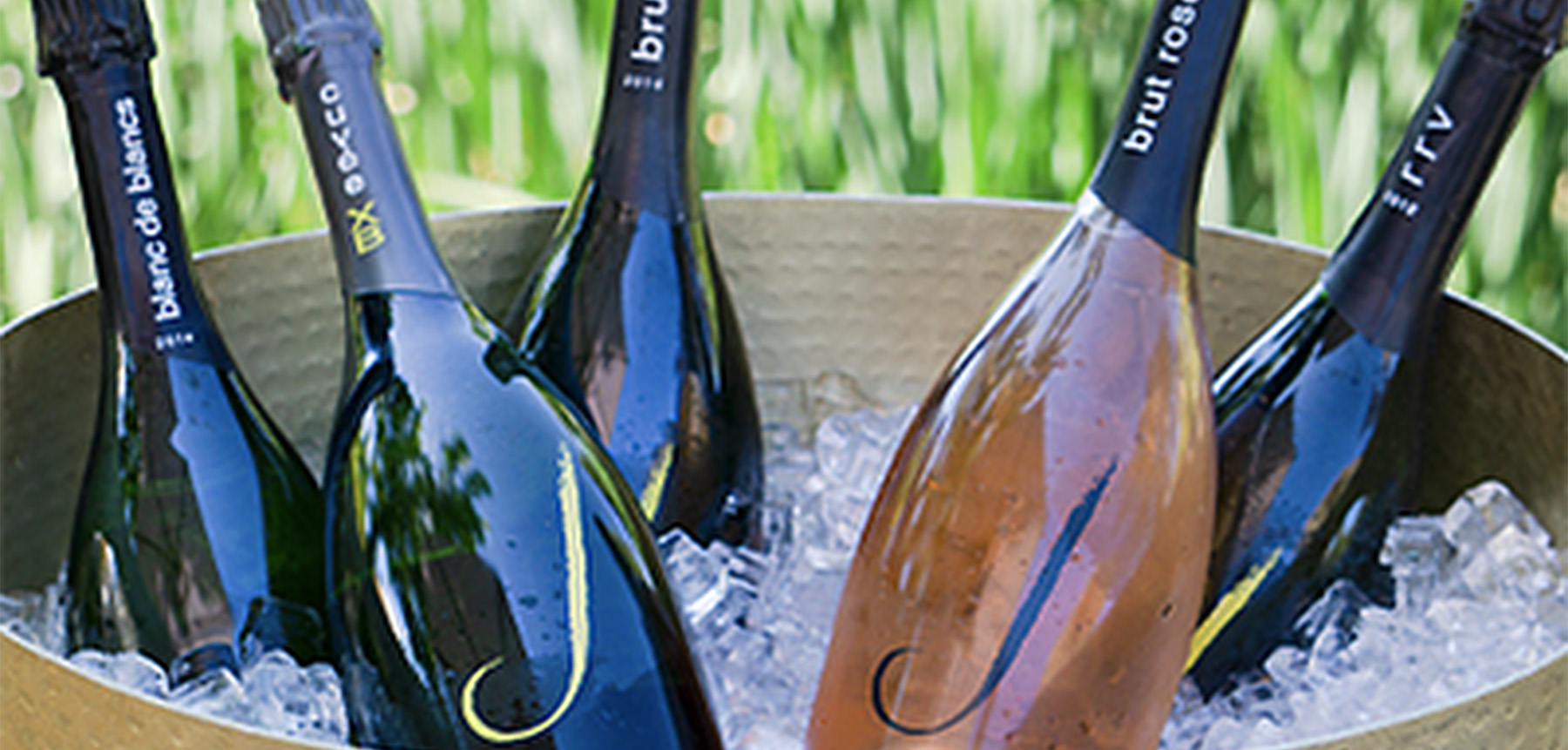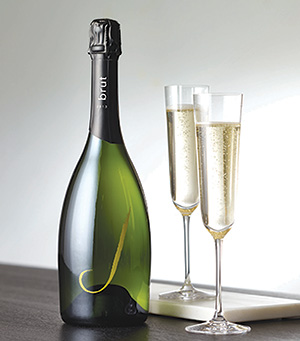“THERE’S NOTHING QUITE LIKE THE SOUND OF A CORK POPPING FROM A BOTTLE THAT SAYS SMILES, CELEBRATIONS AND …SECONDARY FERMENTATION! ” –NICOLE HITCHCOCK”
Over the years, we’ve talked to many visitors in our tasting room who’ve enjoyed sparkling wine for years but know little about how it is made. Most are aware that to be called Champagne, the wine must be produced in the Champagne region in France. These wines are made in the méthode traditionnelle, meaning the secondary fermentation happens inside the bottle. We use this same method at J. Here’s how it works.
FIRST, SOME HISTORY
Winemaking monks in France discovered the first sparkling wines by a fortuitous accident. While producing still wines in cold conditions, the monks found that fermentation would often cease before the wine had been fermented to dryness, but fermentation would start back up once the weather got warmer. The monks noticed that carbon dioxide bubbles would form in the bottled wine due to a secondary fermentation of the wines’ residual grape sugars. Initially, the bubbles were considered a nuisance – the bottles often exploded – but eventually the phenomenon led to the intentional act of double fermentation.


